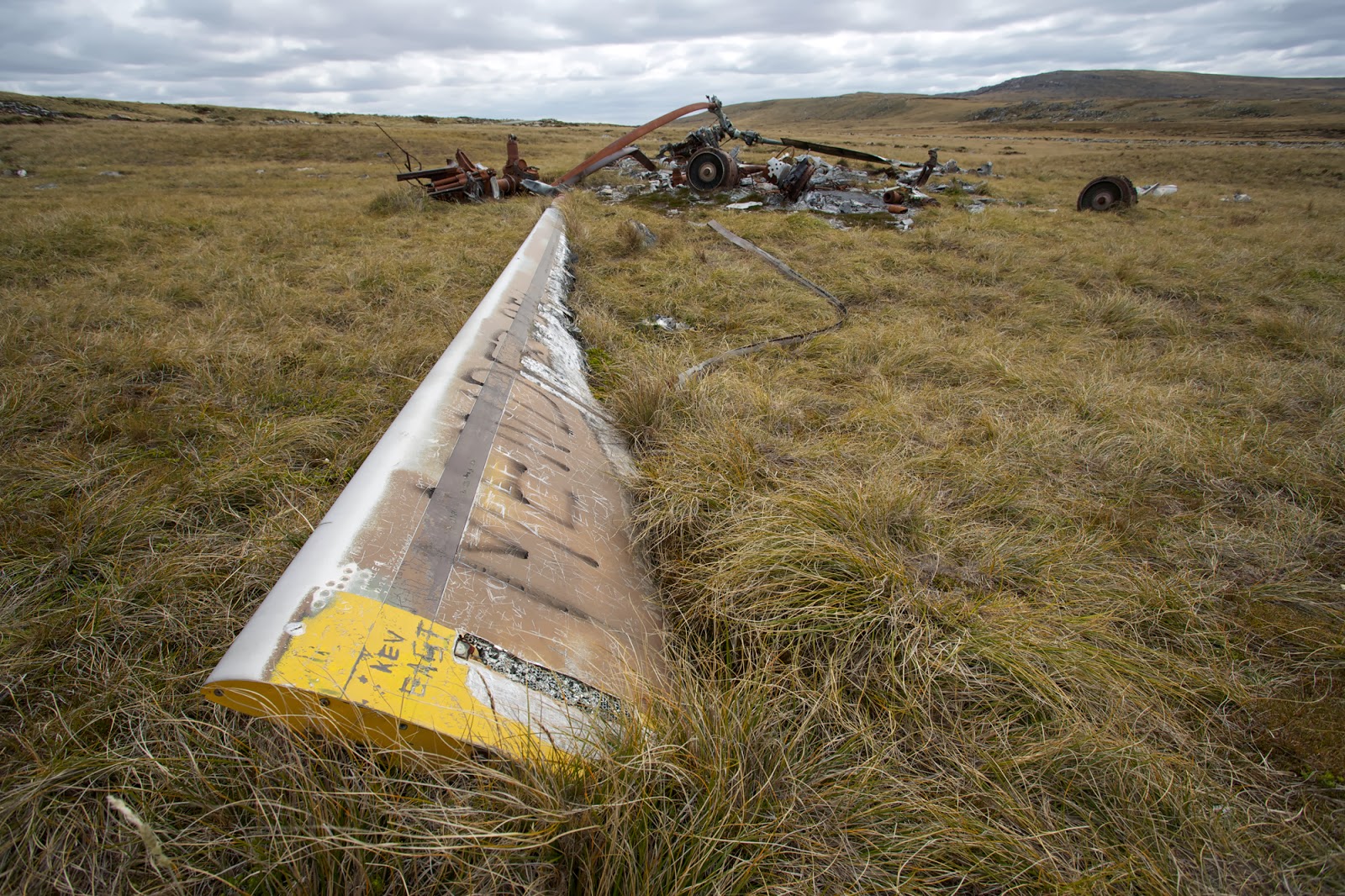Antarctica has the potential to become a politically hot topic, because
of the way it is administered. Originally 8 countries laid claim to sections of
the continent, some of which overlapped. These claims were never recognized by
the U.S. and Russia which forced the United Nations to develop a separate
solution.
 |
| Another smooth Drake crossing |
The Antarctic Treaty of 1959, signed by some 60 countries, provided a
peaceful resolution as to how the land was to be administered. The agreement
stipulated that the continent was to be used for peaceful scientific research.
The original claims were suspended and various countries could maintain a
presence by establishing research stations. The stations from any one country
can be in any of the originally claimed sectors, and the U.S., with its
Scott-Amundsen base at the South Pole, has a station in every sector. Some of
the research stations are minimally used, but abandonment of a station diminishes
the opportunity to place a claim should the treaty be ended at some future
point. All of the countries involved do things like issue postage, maintain
historical and citizen burial sites, post placards marking historic incidents that involve their
citizenry, and so on.
 |
| The captain starts the wedding |
Like the Arctic, Antarctica has rich resources that
countries may want to exploit someday, so the final chapter on the future of
this land is waiting to be written.
As we sailed toward the Falklands, we were being treated to another
exceptionally smooth crossing. At noon on our first day at sea, an announcement
was made that we would be in Stanley the next morning. Normally a crossing
takes a good two days, but we were told that with a stiff tailwind and unexpectedly calm seas, we were
going to set a record for the fastest crossing in the line’s history. We spent
the morning attending a lecture on bird migrations, had dinner outside at the
ship’s aft deck grill, and napped and worked on the blog in the afternoon.
 |
| Patti & Lou exchange vows |
As
we were starting to get ready for dinner, there was a knock on our
cabin door. Jane answered, closed the door, and announced that the
wedding was going to be at 1930 in the ship's bridge.
 |
| Jane is all happy |
We,
along with another small group of passengers, were invited to attend
the wedding of Lou and Patti who hailed from Austin, TX. Actually, Lou
and Patti were married about a month before the cruise, but they wanted a
more formal ceremony that what they received from the justice of the
peace in Austin. We reported to the bridge at the appointed time and
joined the rest of the wedding party. The ceremony started simply with a
reading by one of the officers about the meaning of marriage, before it
was turned over to the captain for the exchange of the vows.
 |
| The captain and the newlyweds |
When
it was all over, champagne was served. We were asked to sit at Lou and
Patti's table that evening for dinner. We had a delicious meal which the
chef topped off with a wedding cake for the table. Jane swears that the
cake was only baked while we were eating, with the galley not knowing
that a wedding had been performed earlier.
 |
| Real funny! |
After
dinner, we had drinks with friends and the wedding party in the piano
bar before turning in. We made a joke about being disturbed by our
butler when we were being intimate which lead to our friends from
Phoenix, George and Cynthia, to post a note outside our door requesting
more frequent servicing of our room! The humor escaped us. We
were really forming some very close friendships and it amazed us how we
were
associated with such a small group that were all happy and having just
as much
fun as we were.
Early the next morning we approached Port Stanley, way ahead of schedule due to the calm conditions. An announcement was made that the crossing did indeed set a new record as the fastest in the cruise line's history. It also caused us to wonder how we were going to spend the extra time.
We found a
large rock outside the harbor with a beacon to warn of its position.The rock is famous for causing shipwrecks.
 |
| Avoiding the big rock |
 |
| Port Stanley |
Inside the harbor we were greeted with an amazing burst of color from the multi-colored roofs and houses in Stanley. It
was a very captivating sight, and after visiting Antarctica with it's
predominately black, white and blue colors, we enjoyed the influence of
civilization again.
 |
| Ship names laid in rock |
 |
| Stanley cemetery |
On
the opposite side of the harbor, we saw a number of rock messages that
spelled out the names of ships, we believe all of British heritage, that
had visited the port over the years. Along the waterfront we located the
Stanley cemetery, which we figured was prominently displayed to
demonstrate British graves to the Argentineans who still lay claim to
the islands. With the ship anchored, we got ready to tender ashore.
 |
| The Anglican cathedral |
 |
| Colorful Stanley |
























































